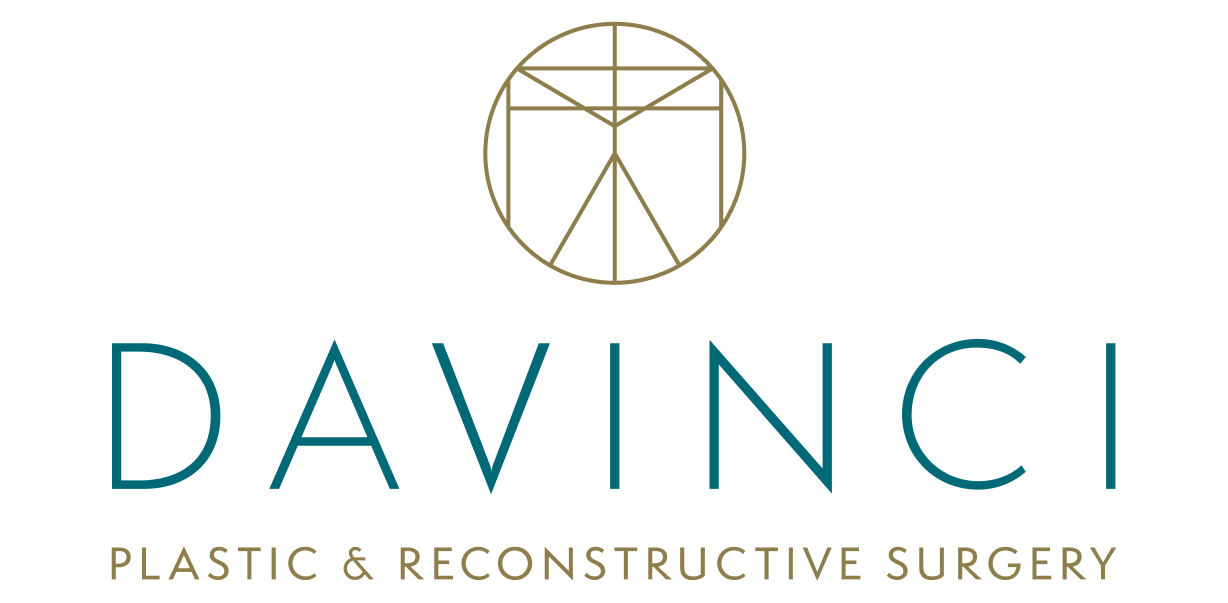Blog
Posted June 23, 2015 in kids teasing kids
Now that school is out, many parents will be considering their options to help their children with protruding ears (Promin Auris). This corrective surgery is called Otoplasty. It can take ears that stick out or fold abnormally and streamline them closer to the head. Teasing can be cruel for children who have this abnormality, and […]
Read More
Posted June 23, 2015 in Age Reversing, AntiAging
Do you have trouble breathing through your nose? One of the possible causes is a deviated septum. This can happen as a result of genetics or an impact caused by an accident or athletic event. A deviated septum makes breathing difficult because the bone and cartilage that is supposed to be down the center of […]
Read More
Posted June 10, 2015 in Uncategorized
Last week we touched on Melanoma since we’re coming into summer months and skin damage from sun exposure is at it’s height. It’s important to reiterate that melanoma can be deadly, but is treatable with immediate diagnosis and early treatment. Part of immediate diagnosis is to do a regular self check. See the tips below. […]
Read More
Posted June 09, 2015 in AntiAging, Beautiful Skin Complexion, health and wellness, SkinCancer - Malanoma
One in every five Americans will develop skin cancer during their lifetime and every hour…one person in America dies from skin cancer. Melanoma is the most deadly form of skin cancer and it is preventable/treatable. National Skin Cancer Awareness is promoted by several organizations such as the National Cancer Institute, Skin Cancer Foundation, Centers for […]
Read More
Posted June 01, 2015 in AntiAging, Beautiful Skin Complexion, Cancer, medical, Skin Care, SkinCancer - Malanoma
Going into summer, I can’t put enough emphasis on the importance of protecting your skin. It is one of the greatest causes of aging skin and skin cancer, which is the most prevalent form of cancer in the U.S. How does the sun age skin? The sun’s ultraviolet (UV) light harms the elastin to cause […]
Read More







